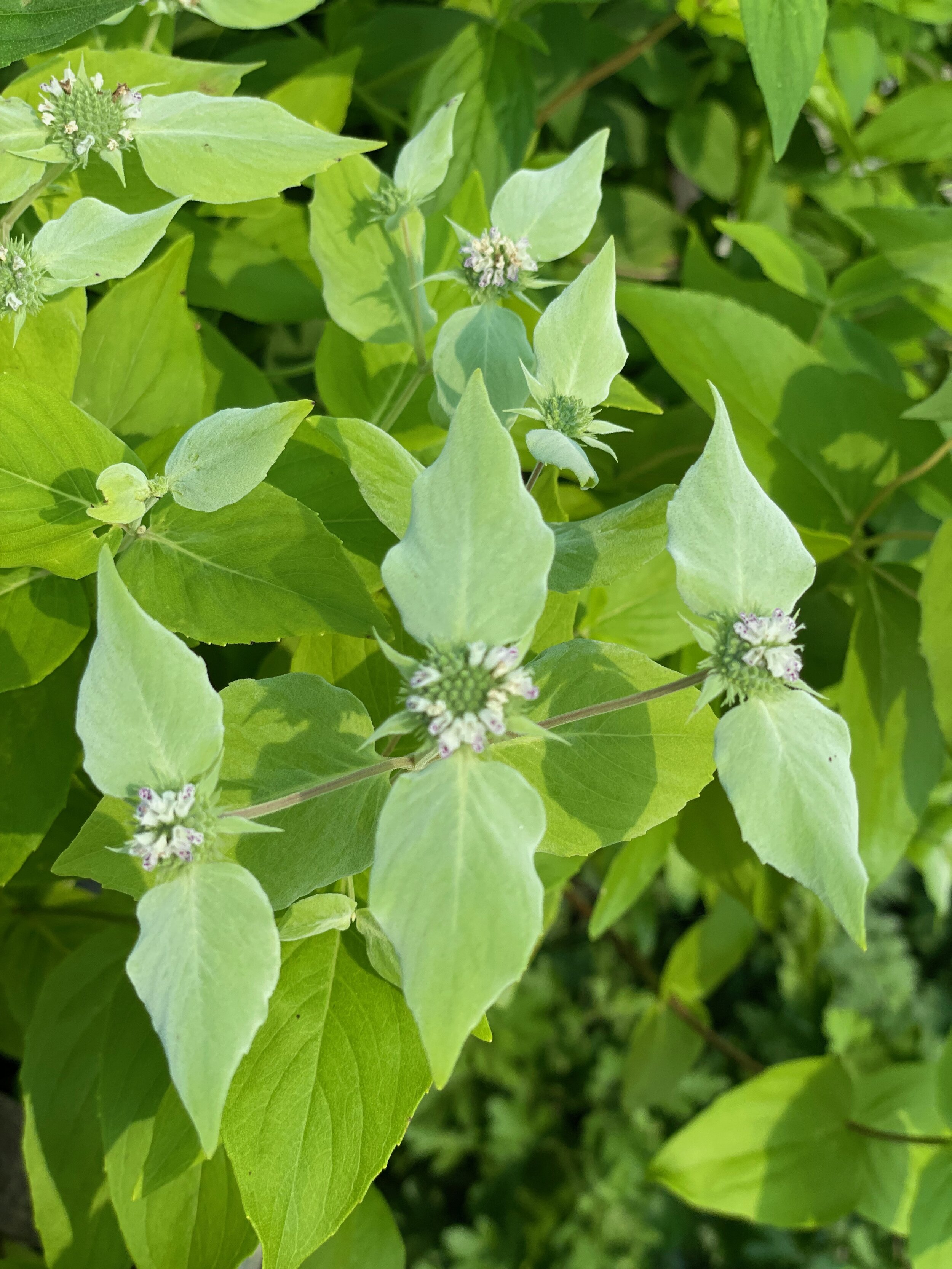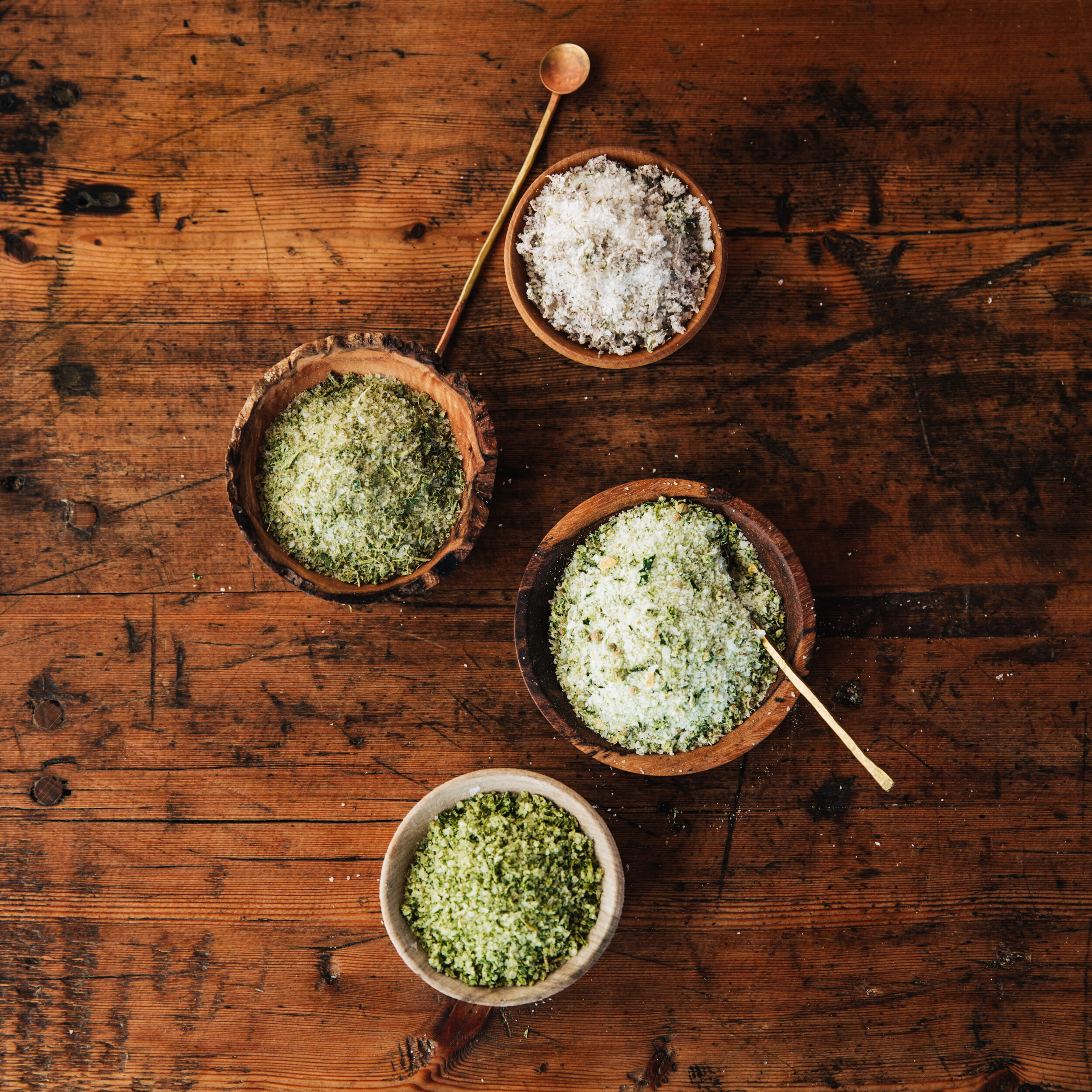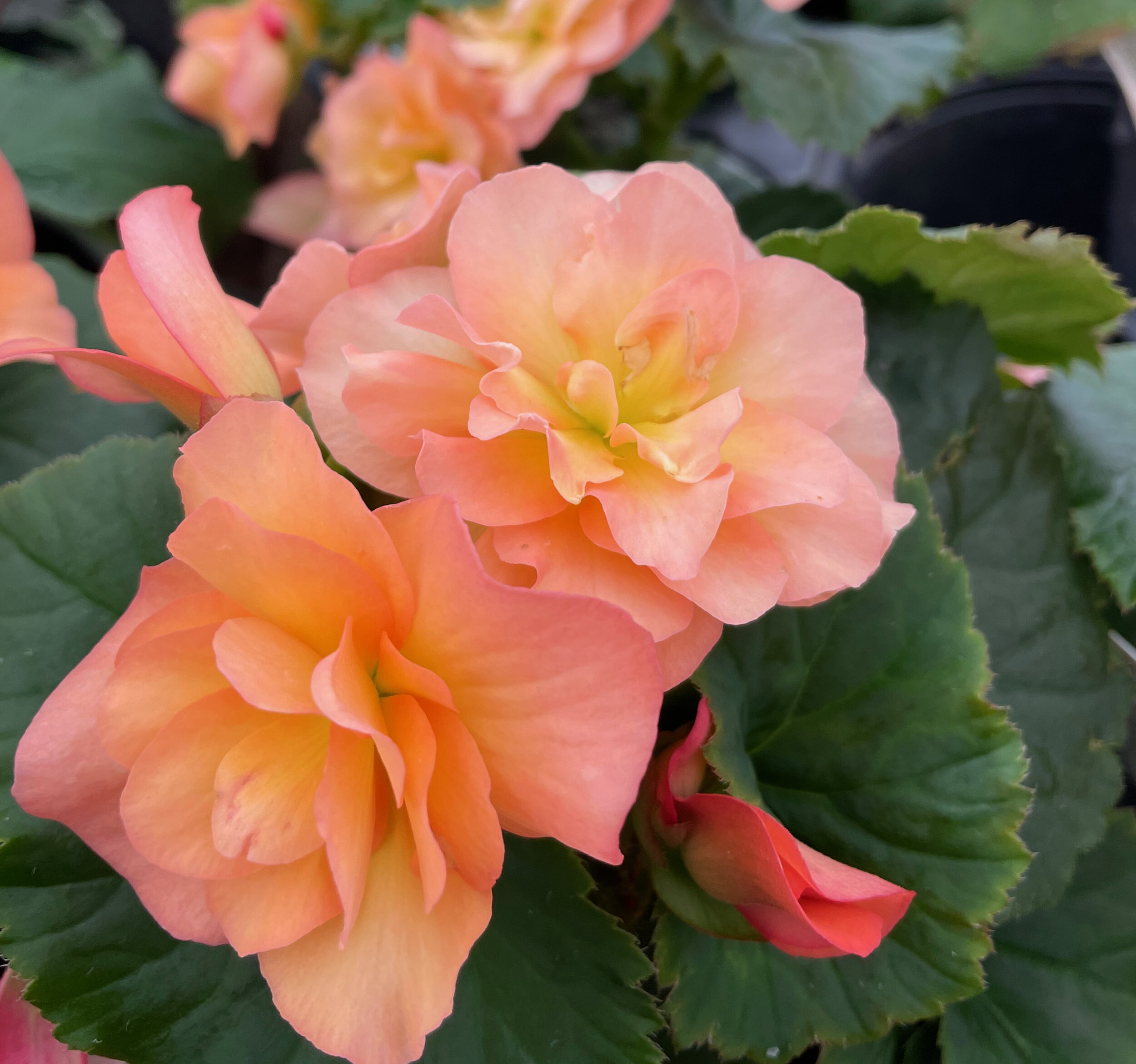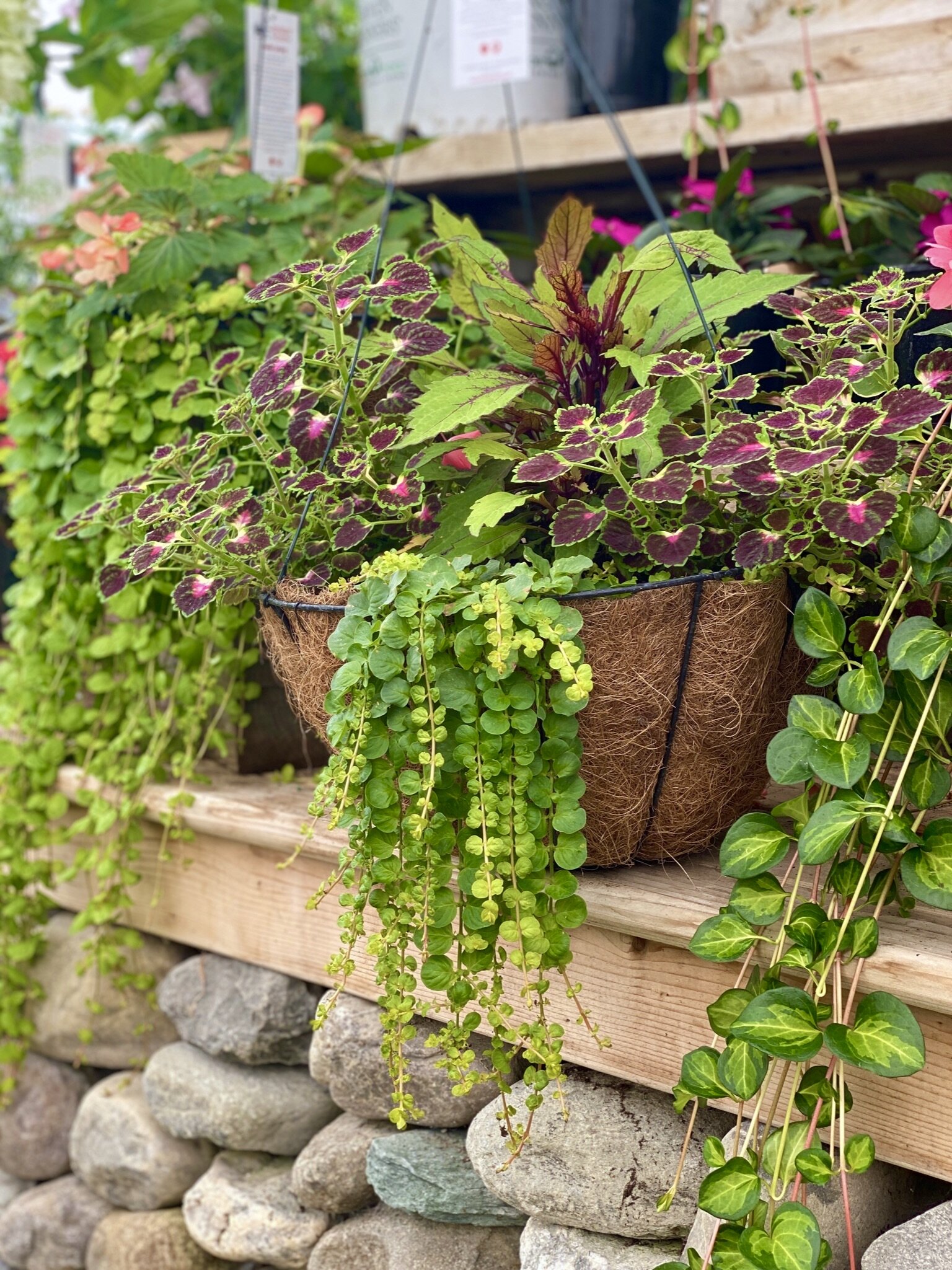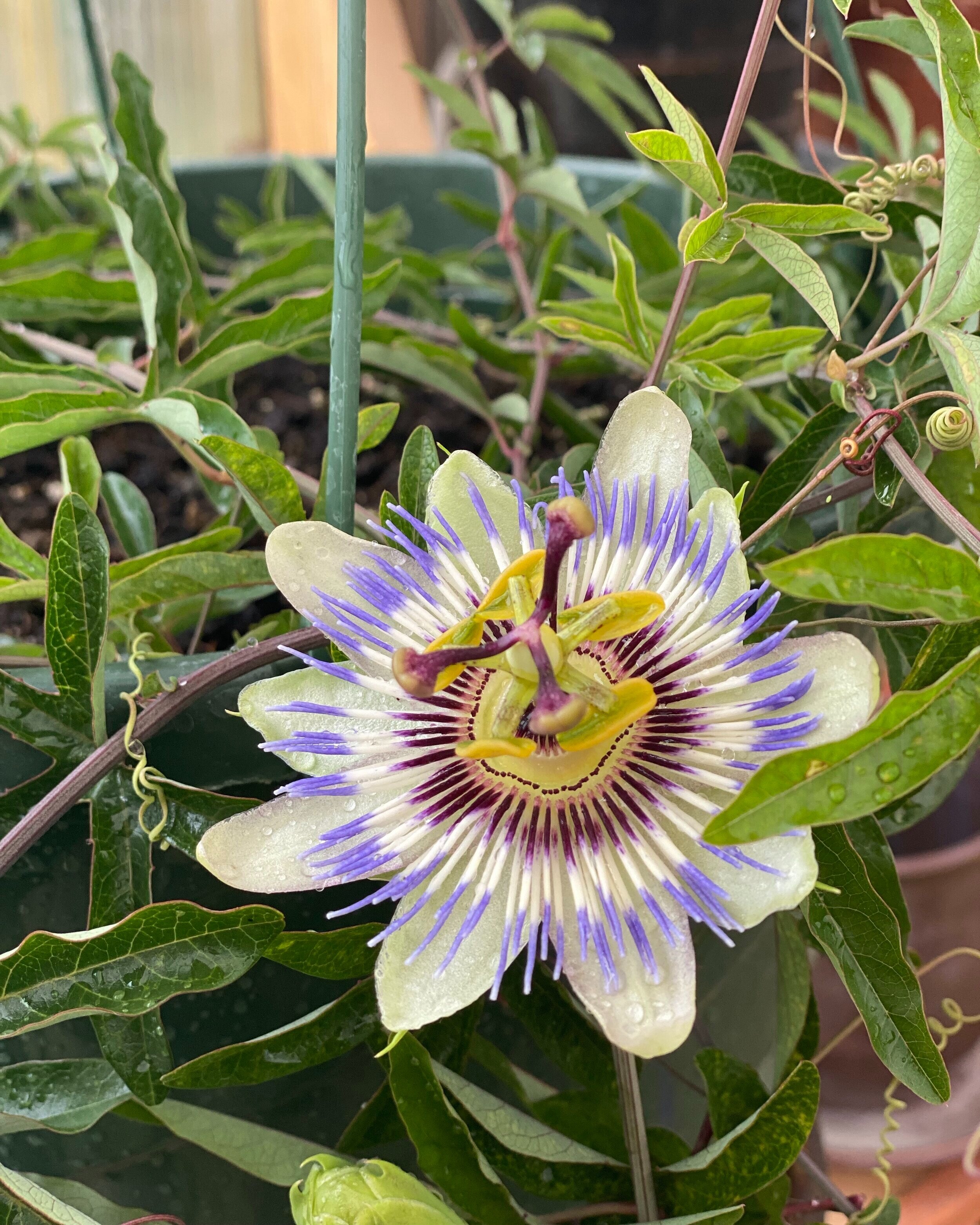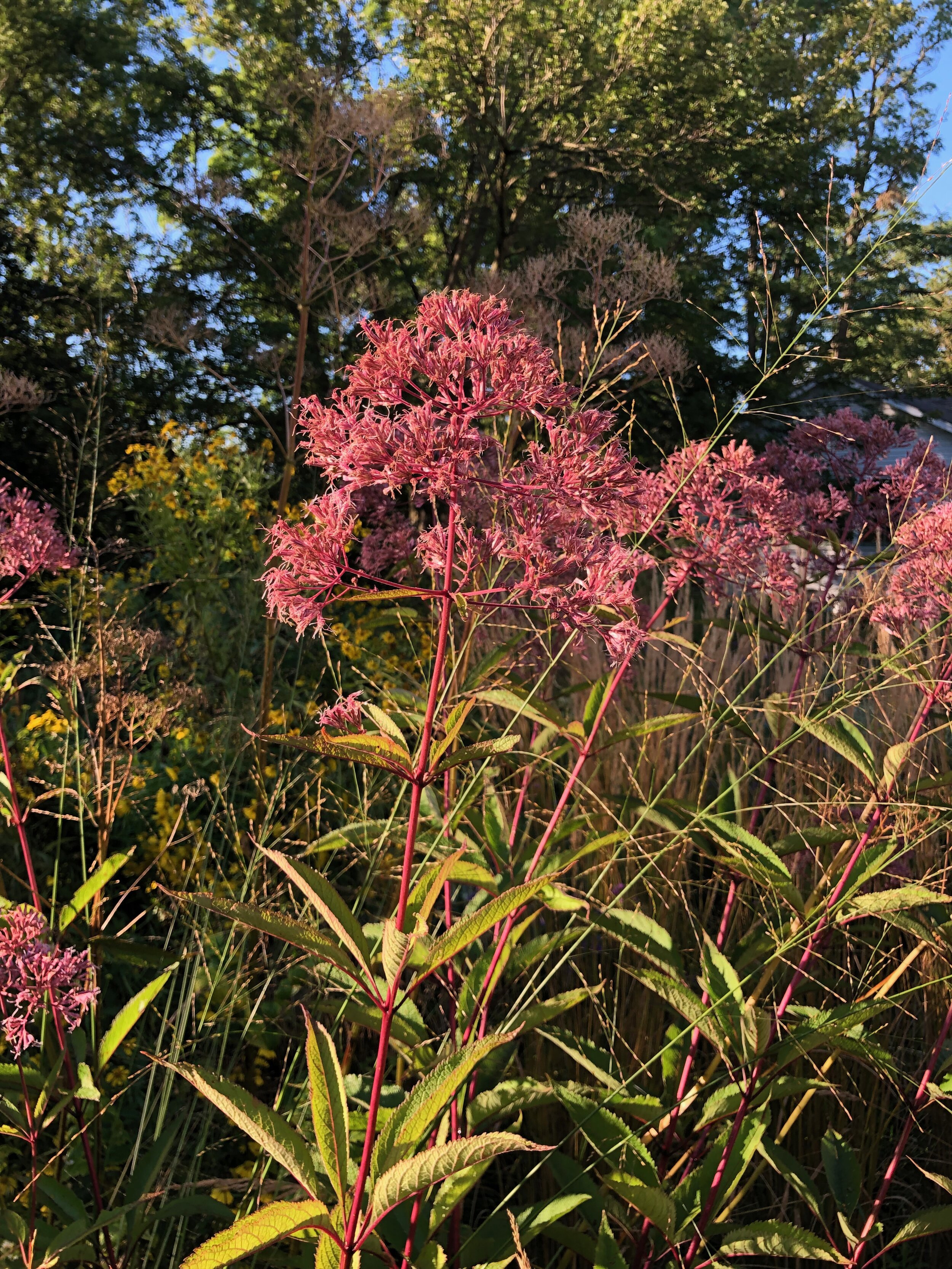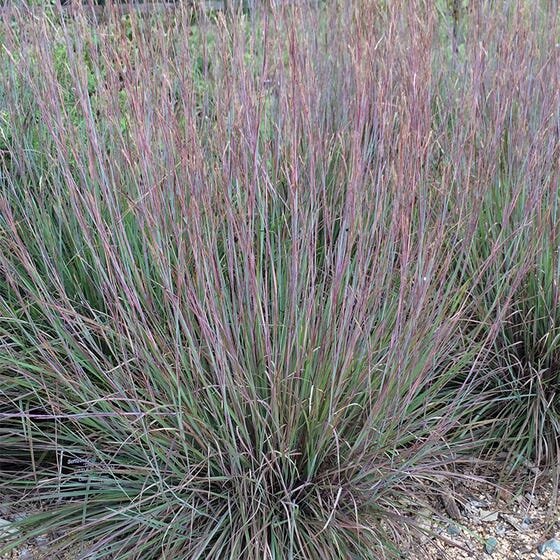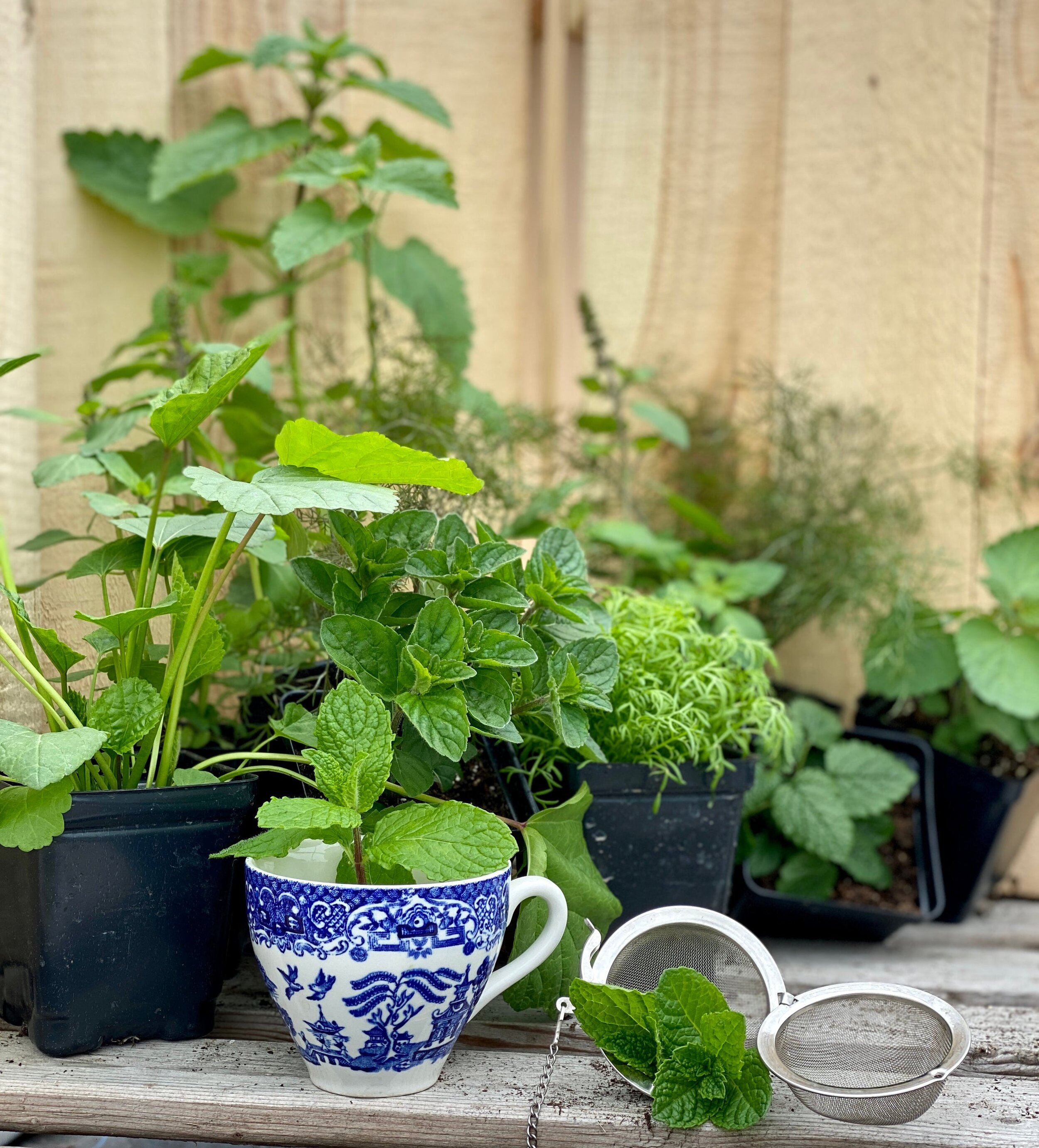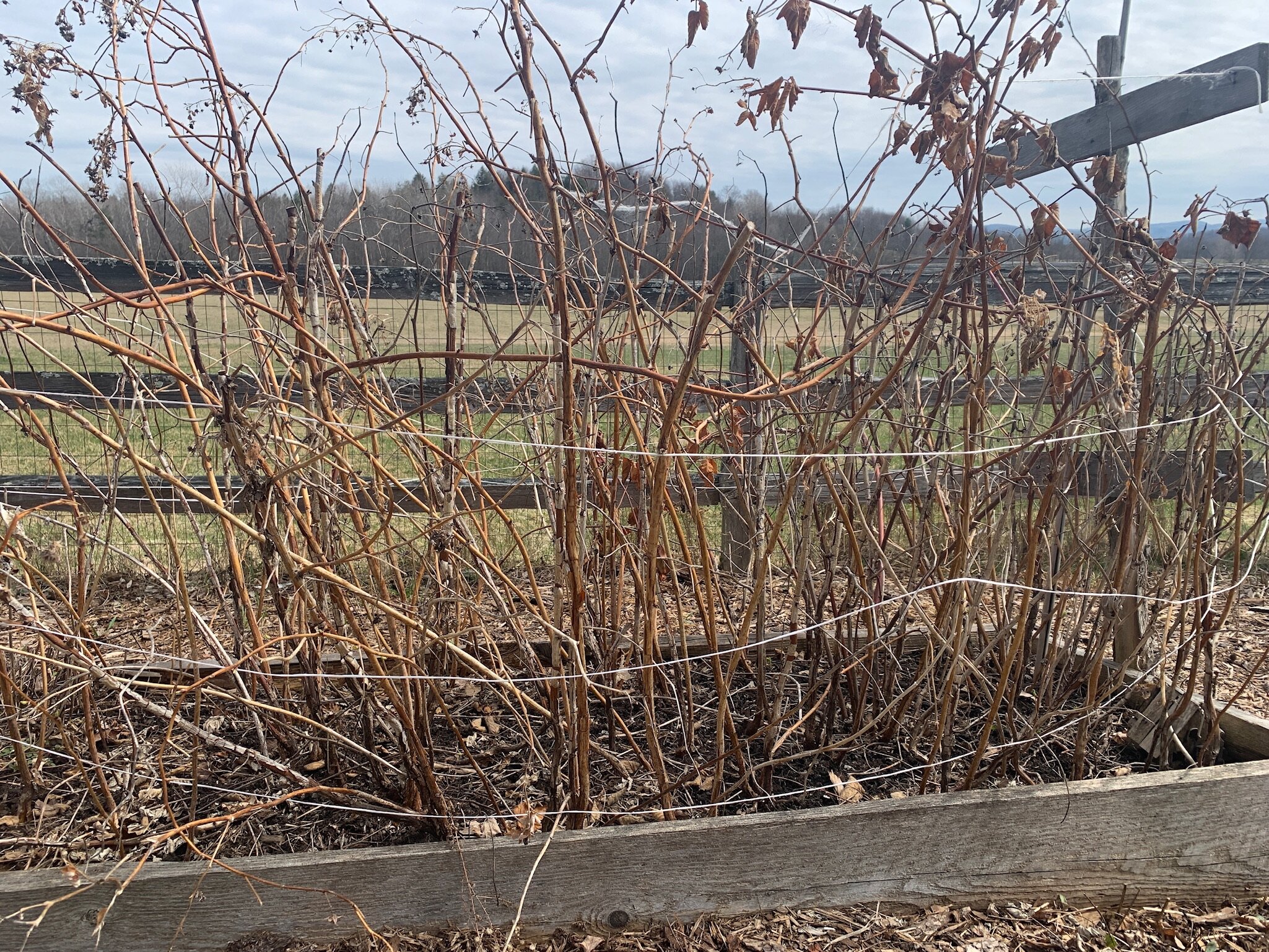Our last week of the season!
Thank you for gardening this year, and for supporting us in all the incredible ways that you do. .
Thank you for gardening this year, and for supporting us in all the incredible ways that you do. Without all of your interest in gardening and plants, we would not be here. Our work is fun, and meaningful in every way, and attracts such a great team of people, both as workers and as customers. I am so grateful to each of you for another wonderful season. July and August have been a little more quiet than normal, and I am guessing it is because of the rain and the ability to travel and visit. I know my own garden has suffered its share of neglect due to its absentee owner. But this week, I am vowing to turn that around and spend 3 early morning sessions cleaning up, cutting back, and putting in a few new plants. Maybe you are feeling a little need to tame the jungle too? I welcome you to follow along and help keep me accountable in this late August push. I am happy to help you do the same. Share your goals and projects with us. You can tag us on social media, or send us an email, or even better, come in this week and give us an update. We love to hear from you.
In the Garden
My 4 projects this week in the home garden:
Redo my herb planters for fall. I am ripping out old basil, cilantro, dill and planting fresh for fall.
Cut back some very tired looking perennials that melted in the rain.
Pull out some thugs, and replant with some better behaved plants.
Rein in some of the plants along my gravel path - mainly Geranium ‘Rozanne’ (Cranesbill) and Stachys ‘Helen von Stein’ (Lambsear)
I will take some photos before and after each session. Feel free to follow along on Instagram or Facebook.
In the vegetable gardens at work, I will continue to lay in successions of greens for the fall. I am harvesting tomatoes, eggplants (finally) and peppers non-stop.
In the Kitchen
I have been making lots of yummy things with all the produce:
Refrigerator pickles with the hot peppers. I use them in everything! The pickling mellows out the heat, and I take out a whole pepper, chop it fine, and add it to morning eggs, tacos, ricotta for stuffing other veggies, etc.
Bread and butter pickles with cucumbers
Eggplant parmesan
Baba Ganoush
Roasted eggplant, fennel, sweet onion, tomatoes, herbs and garlic for the freezer
Peach Jam
Plum Jam
Peach Bourbon BBQ Sauce
Brandied peaches
Frozen blueberries
Blueberry tart
Blueberry sauce
Full disclosure - I have purchased eggplant and cucumbers and blueberries. Thank you, Old Road Farm, Steph, Adams Berry Farm and Sweet Roots Farm! I did not have great success with the eggplant in our heavy clay soils this year due to all of the rain. And our cucumbers all died due to a virus early in the season. Yes, these things happen to everyone and I we are fortunate to have fabulous farms in this area who work magic with soil and seeds no matter the weather. And a giant thank you to my friends Amy, Matt and Yvan for the peaches and plums. I am very lucky to have exceedingly generous friends with thriving home orchards.
I am happy to share recipes if you would like any.
In the Greenhouses
Our “Plant of the Week” deal is once again a whole group of plants, not just one. Here is the scoop: you buy 3 perennials and or shrubs, and we give you a fourth 1 free. It is ok to mix and match, and the lowest priced item will be the freebie. It is a great time to stock up on plants for the future planting projects (keep them watered until you get to them) that can happen a little later. Maybe once the kids are back in school, you can steal away into the garden for a few hours and pop in your new plants.
We are cleaning up, and starting the maintenance projects that keep our crew busy into the fall and winter. The herb farm continues to produce beautiful and fragrant harvests twice a week, and the indoor herbs are doing really well in their new beds.

